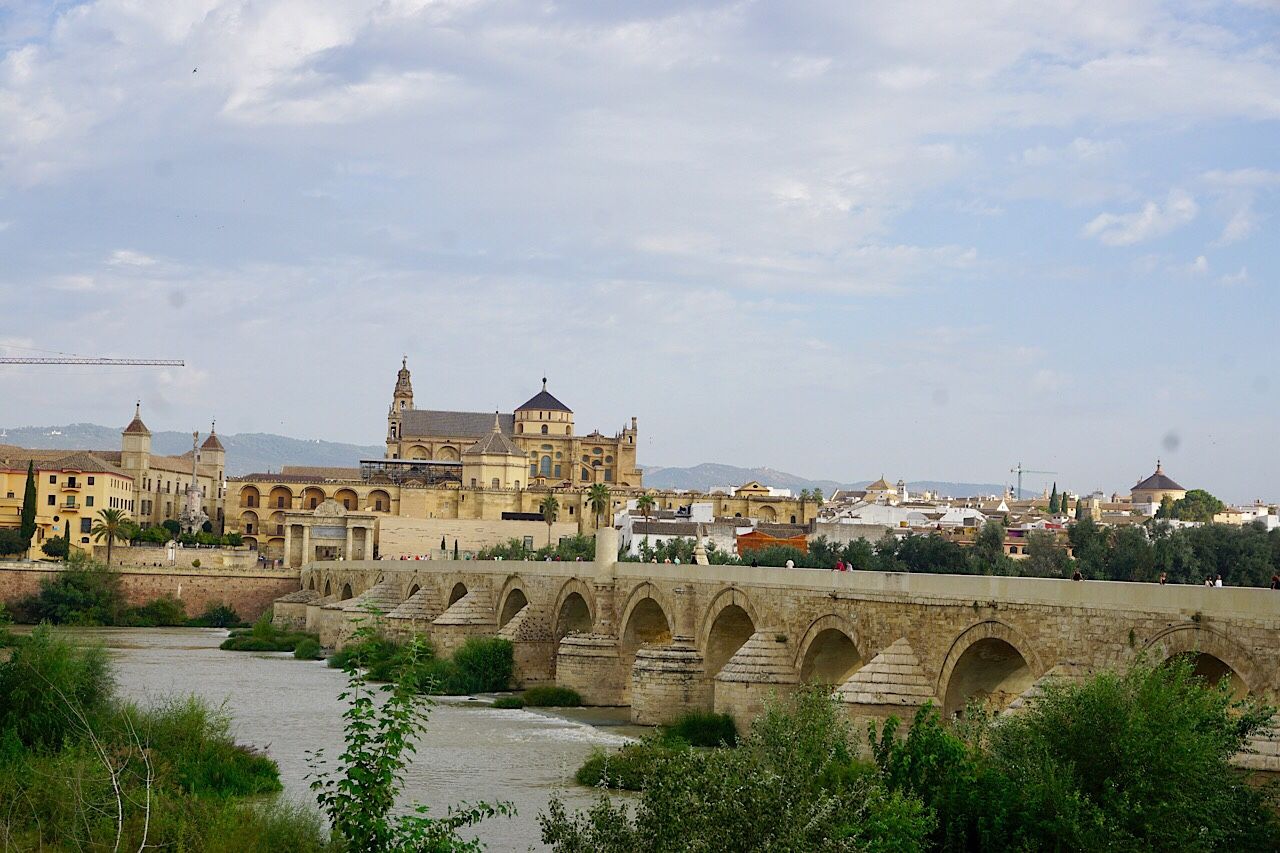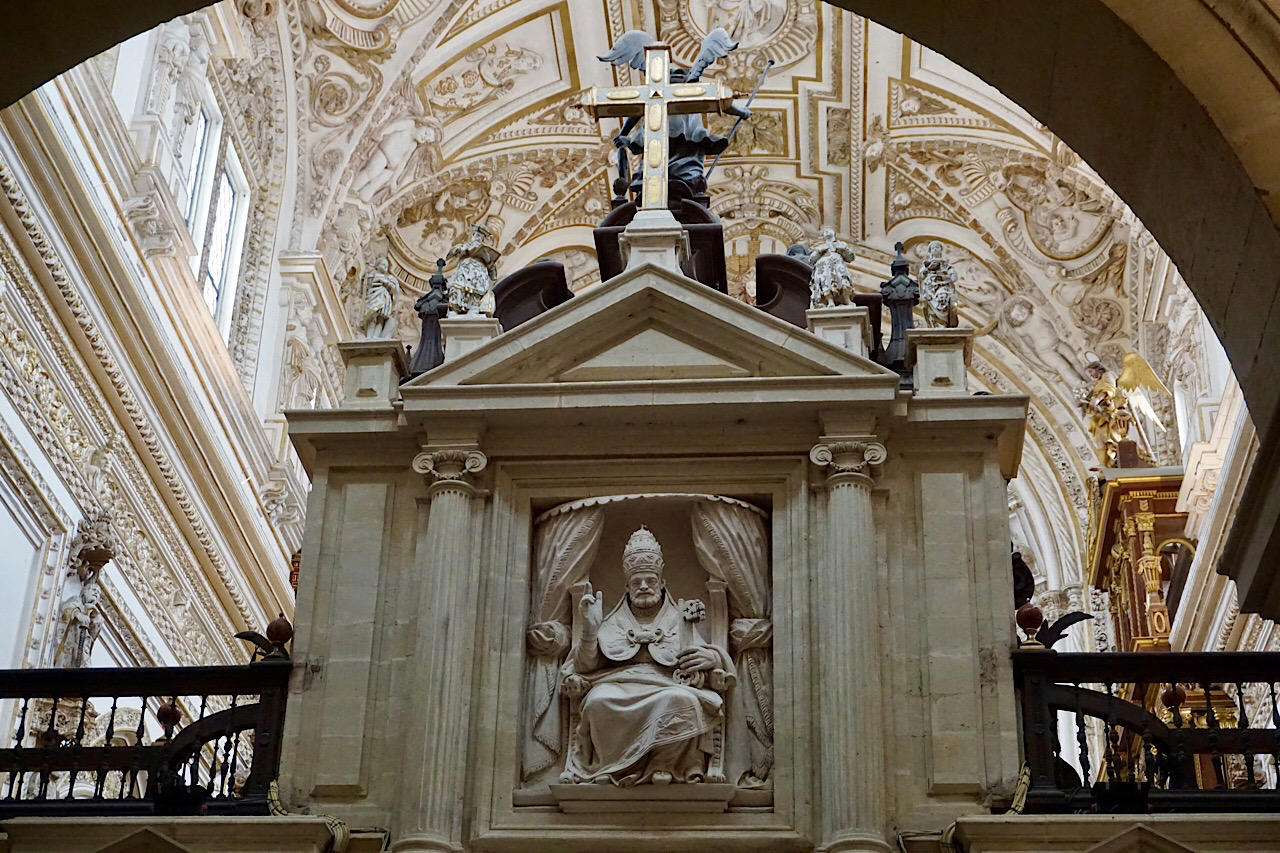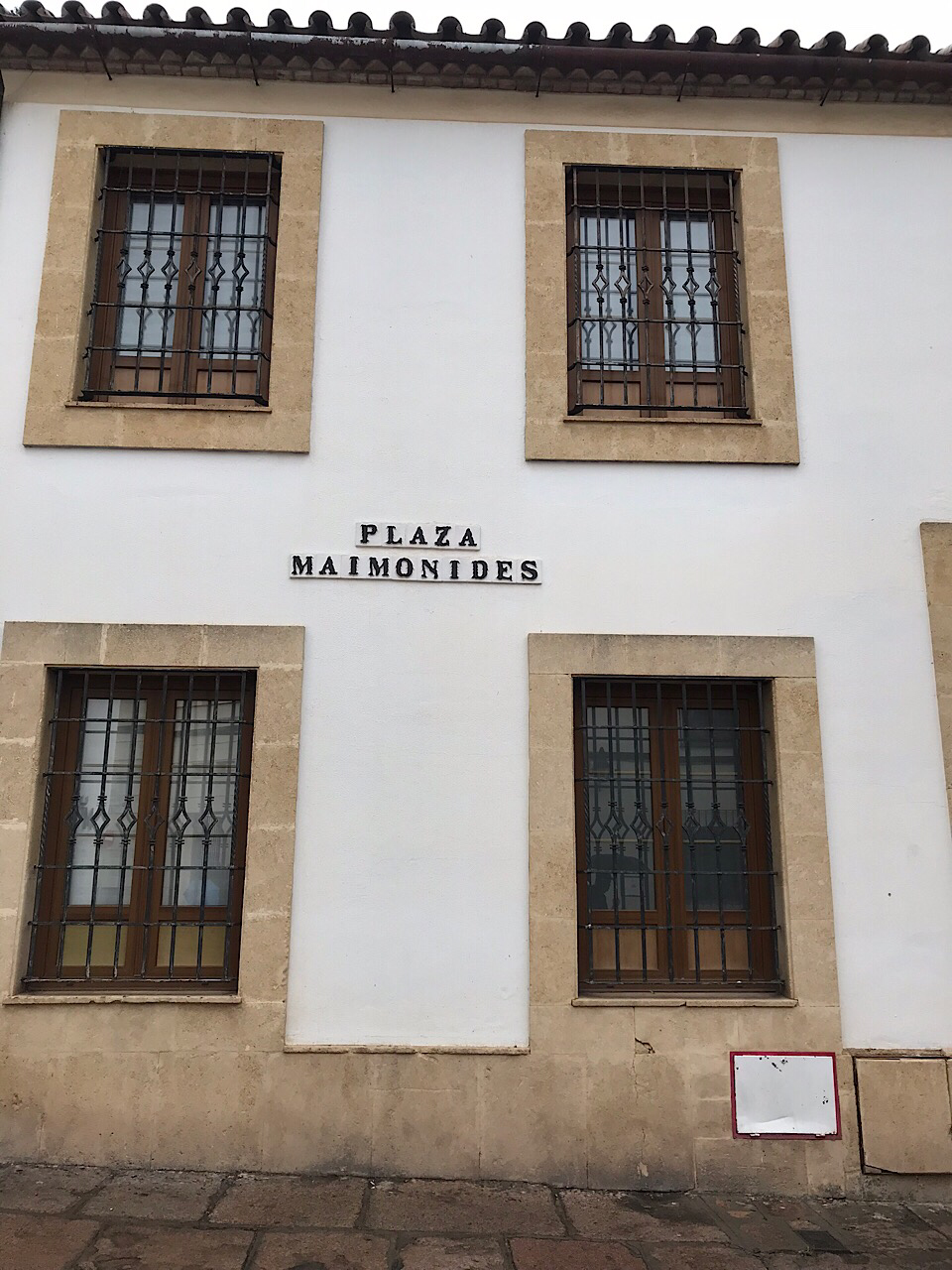Day 9 - Córdoba
Thus far each day of our trip in Spain has brought us to a new town or city with a few recurring threads. All have a rich and varied history, with common social and cultural influences - Roman, Visigoth, Muslim, Christian. They also have all undergone periods of war and peace, unity and chaos, and persecution and tolerance. So it can be a challenge to describe each without getting a bit repetitive. Nonetheless, from our perspective, each day has brought new discoveries because each town has its own unique blend of characteristics that makes it distinctly different from its predecessor.
In Mérida, the focus was on its ancient Roman heritage. Sevilla became one of the most wealthiest and most prominent cities in Europe as a result of its location as the entry and exit point for Columbus and others voyaging to the New World starting at the end of the 15th century. On the other hand, Córdoba rose to fame several centuries earlier, reaching its height between the 9th and 11th centuries as the seat of a western Muslim Caliphate and major trading city and home for all religions. In the 10th century, its population reached 600,000, an extraordinarily large city for its time (currently it is 326,000).


Our visit began with clouds and some predictions of rain, as we crossed the renovated Roman bridge to enter the old section of the city. Our initial destination was La Mezquita, the immense mosque begun in the late 8th century under orders from Emir Abd al-Rahman I and eventually became the second largest mosque in the world after Mecca.


We met our outstanding local guide, Lola, who led us inside to the courtyard and then into the mosque itself. Our first reaction was that this place is enormous - over 4 acres under one roof. Architecturally it is an amazing sight. It contained over 1000 columns originally. Since it was built over several centuries, there are design elements that changed with the new additions, but the overall effect is overwhelming.






Of course, the biggest change took place in the 13th century when Christians under Ferdinand III reconquered Spain, and the mosque was repurposed as a cathedral. In the 16th century an entire Renaissance nave was constructed inside the mosque in honor of King Charles V ( some described it as an architectural turducken). When the king saw it, he was aghast and said "You have destroyed something unique to build something commonplace." Despite this, it is still extraordinary.




After leaving the Mosque-Cathedral, we explored the lively narrow medieval streets and shops. As with previous places on our trip, Córdoba had a Jewish quarter and some small remnants of a what was once a vibrant Jewish community. Most notably, this was the birthplace of the great philosopher, scholar, and physician Maimonides. A statue in one of the squares honors him.


Our tour ended back at the mosque, and a group of us ventured out to have an excellent lunch at a Sephardic restaurant, Casa Mazel, including a lovely gazpacho with ginger. We then spent the rest of the afternoon shopping, exploring the streets, and trying to avoid the intermittent rain showers.



comments powered by Disqus